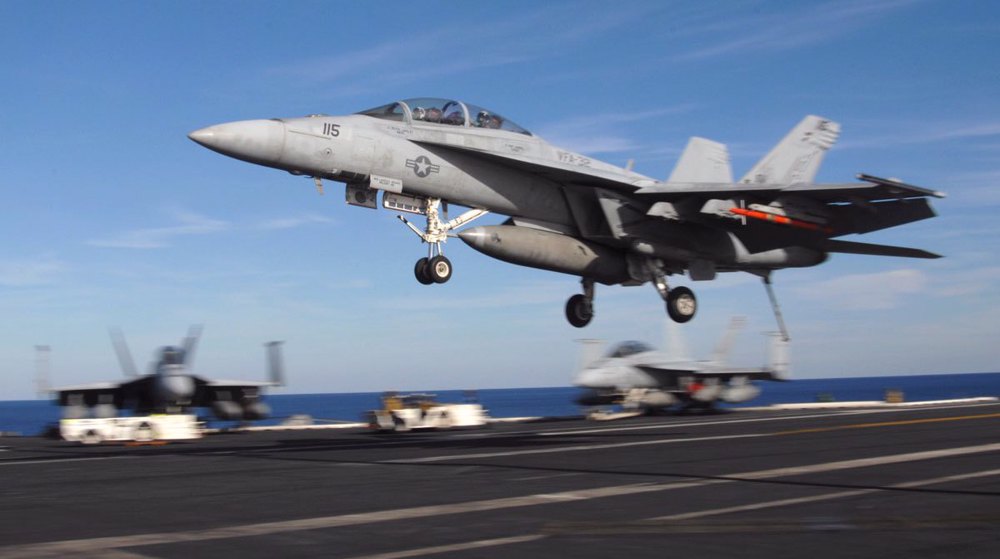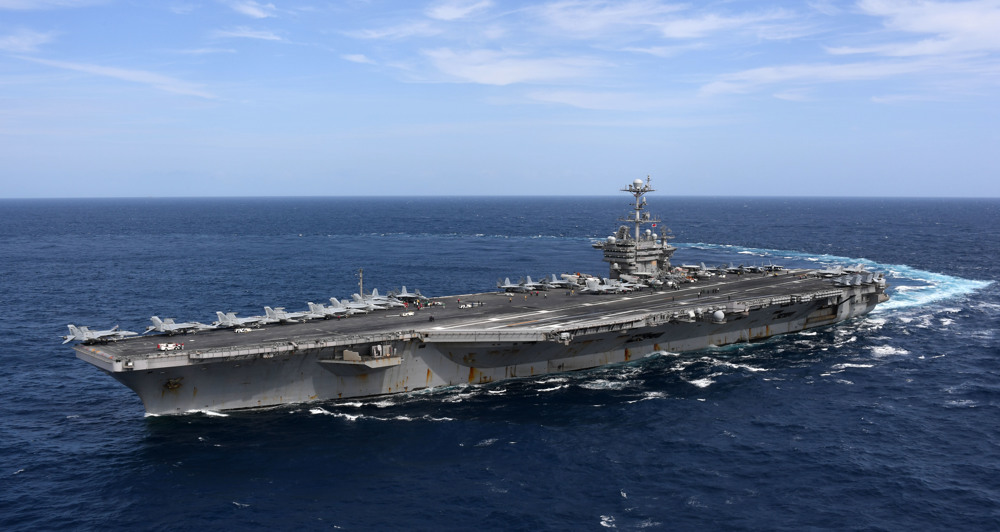US deploying anti-missile system on N Korea's doorstep
The US Department of Defense says it is planning to deploy an advanced missile system to South Korea “as quickly as possible” to counter the growing threat of Pyongyang’s weapons capabilities.
The Pentagon confirmed on Monday that it will start formal talks with Seoul on placing the Terminal High Altitude Area Defense System (THAAD) on the North Korea's doorstep, AFP reported.
THAAD is designed to shoot down ballistic missiles in their terminal phase using a hit-to-kill approach.
"Without getting into a timeline, we'd like to see this move as quickly as possible," Pentagon spokesman Peter Cook said on Monday of a possible THAAD deployment.
"We are beginning the consultations now and in the current days with the South Koreans, and we expect that this will move in an expeditious fashion," he added.
The remarks come after North Korea launched a long-range rocket on Sunday carrying what it called a satellite.
Washington says the deployment of the missile system to the Korean Peninsula acts as a deterrent against North Korea’s ballistic missile program. Russia and China, however, say such a move would undermine stability on the restive Korean peninsula.
China is opposed to the deployment of the US anti-missile hardware so close to its borders.
The Pentagon spokesman insisted the THAAD missile system would not pose a threat to China.
"If the THAAD system were deployed to the Korean Peninsula, it would be focused solely on North Korea, contribute to a layered missile defense that would enhance the alliance's existing missile defense capabilities against potential North Korean missile threats," he said.
"This is a defensive system put in place. We don't believe it should pose any kind of concern to the Chinese," he stressed.
Meanwhile, the UN Security Council is working on a new sanctions resolution to punish North Korea for its January nuclear test and this weekend's rocket launch, which some believe was a disguised ballistic missile test.
On Sunday, North Korea said a missile, carrying an earth observation satellite called Kwangmyongsong-4, was launched from the country’s northwestern Dongchang-ri base at around 0030 GMT, and that the satellite successfully entered orbit about 10 minutes later.
Pyongyang also announced on January 6 that it had successfully conducted its first hydrogen bomb test, and pledged to continue developing its nuclear program as a means of “deterrence” against potential acts of aggression from the US.
‘All wars have rules. All of those rules have been broken’ by Israel
VIDEO | Report flags India’s violation of rights of Rohingya detainees
Turkey's foreign minister meets Syria's de facto leader in Damascus
'Next to impossible' to rescue patients from Gaza's Kamal Adwan Hospital: Director
VIDEO | Vietnam current prosperity
Report blames gasoil exports for shortage at Iranian power plants
VIDEO | Hind Rajab Foundation names Israeli war criminals vacationing after Gaza genocide
VIDEO | Australians rally for Gaza ahead of Christmas festivities














 This makes it easy to access the Press TV website
This makes it easy to access the Press TV website